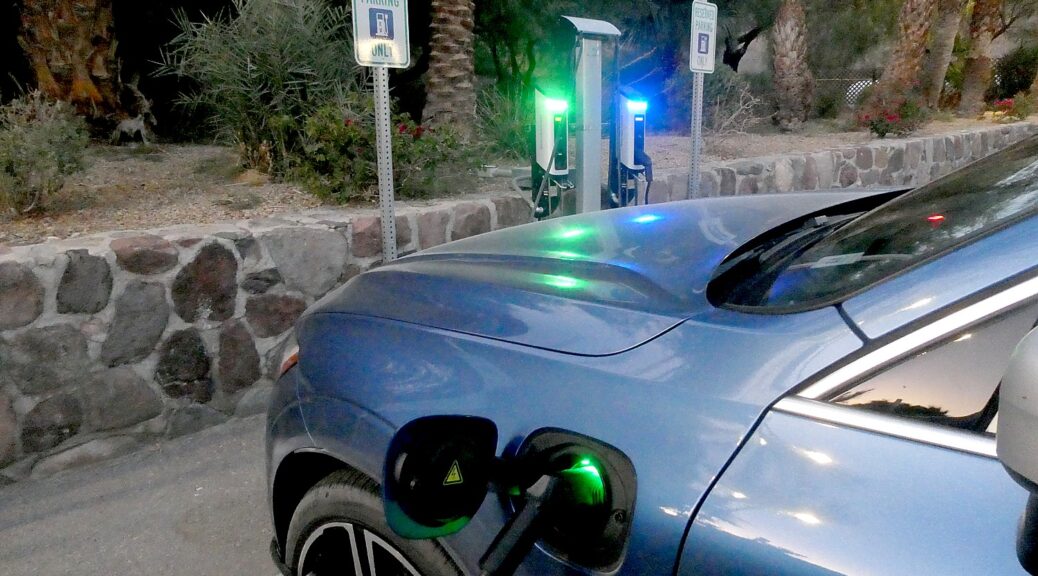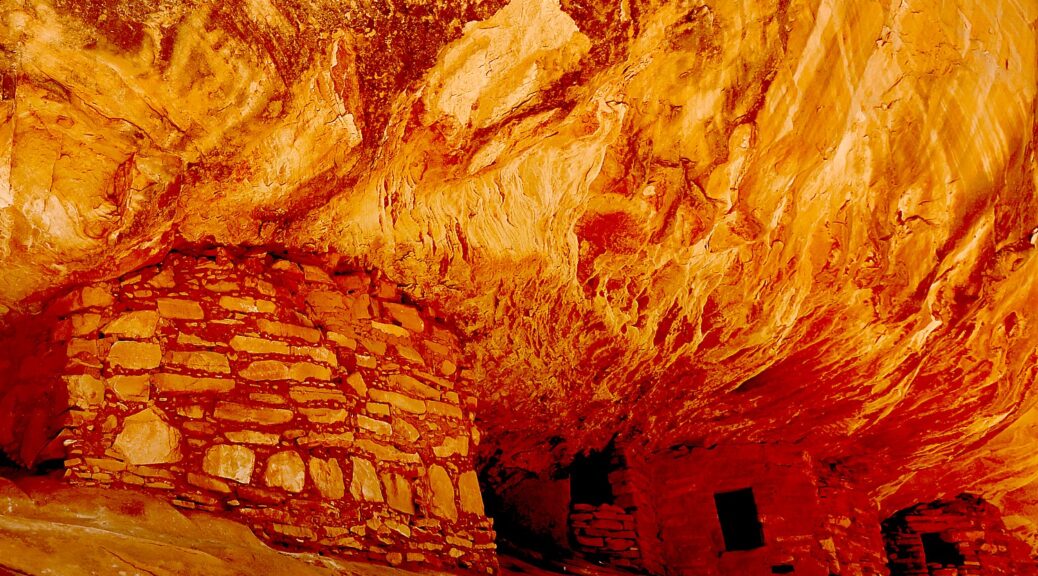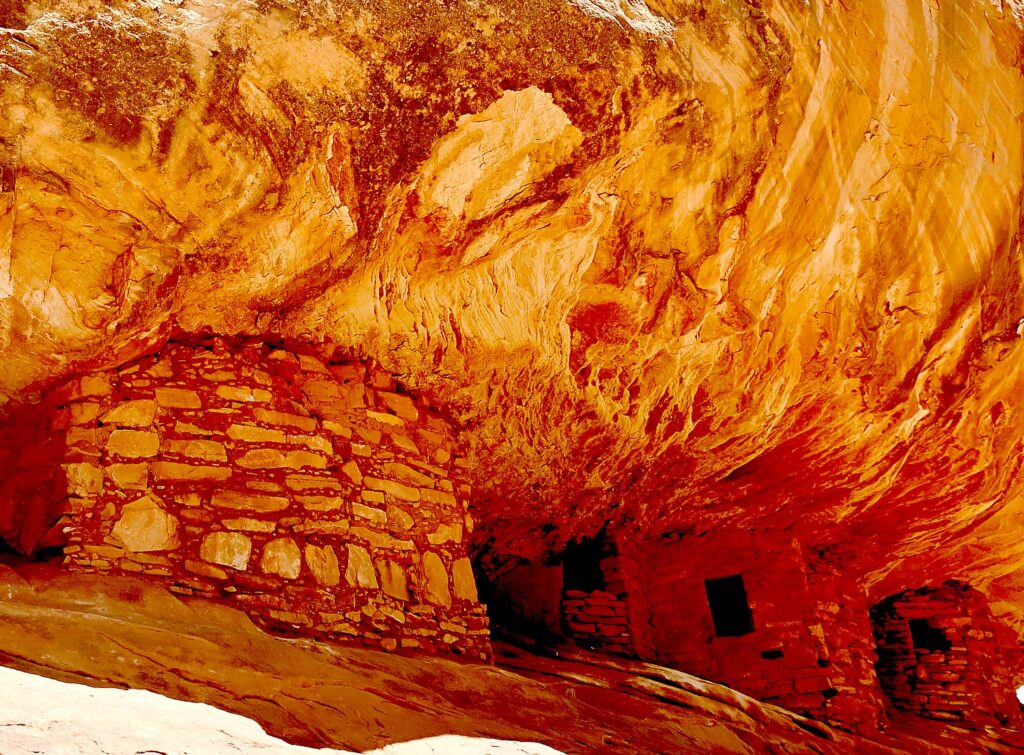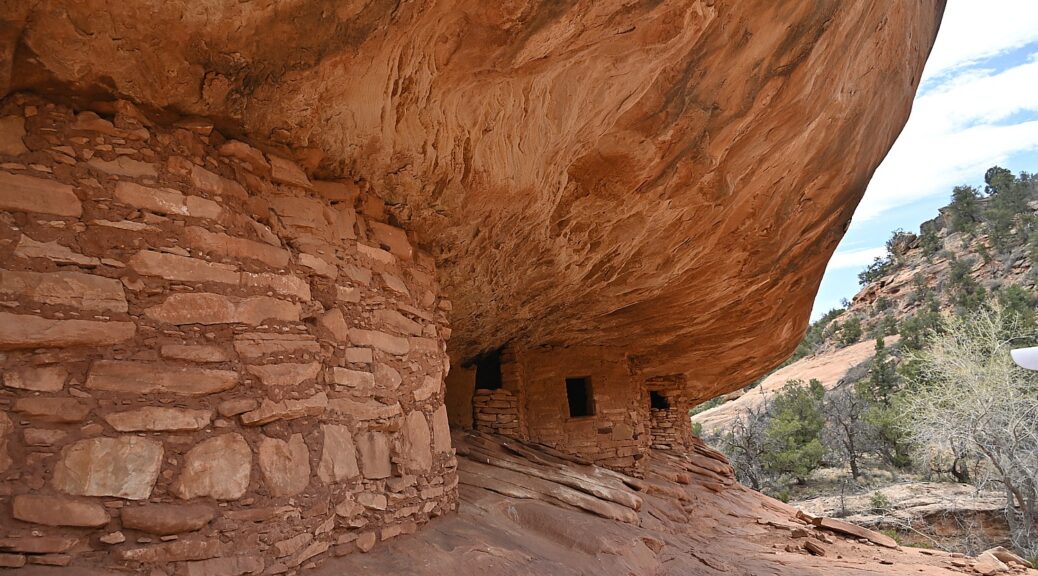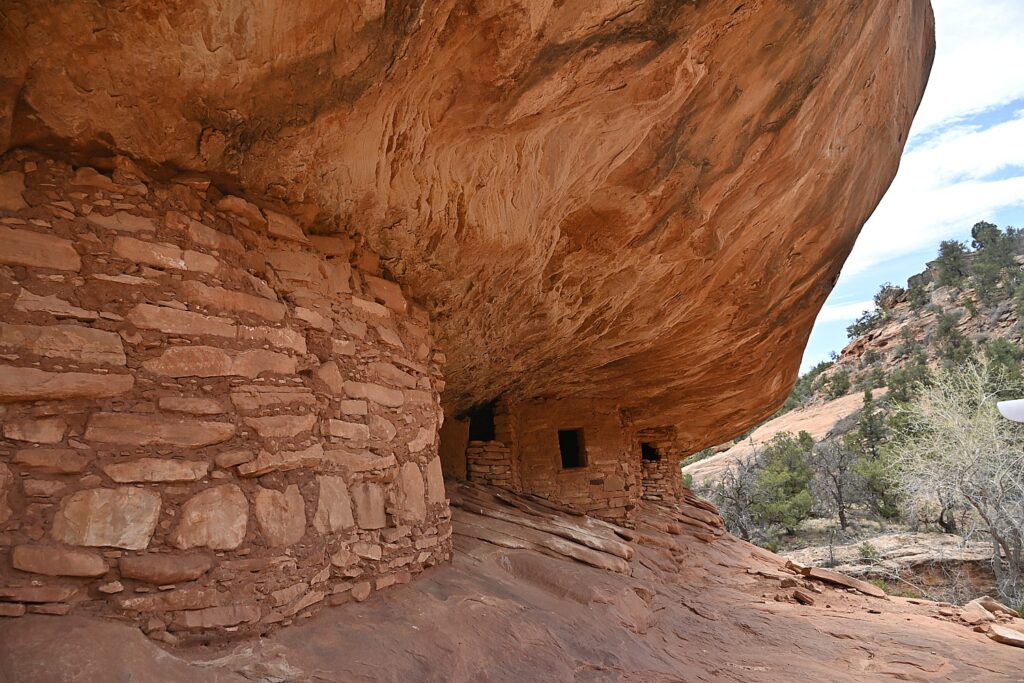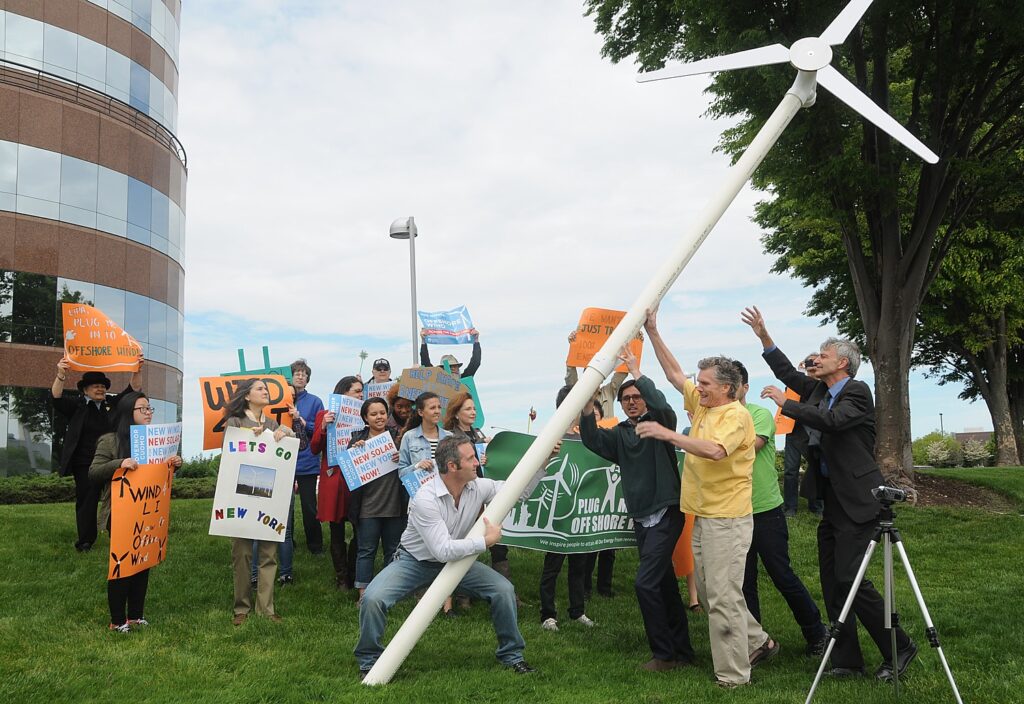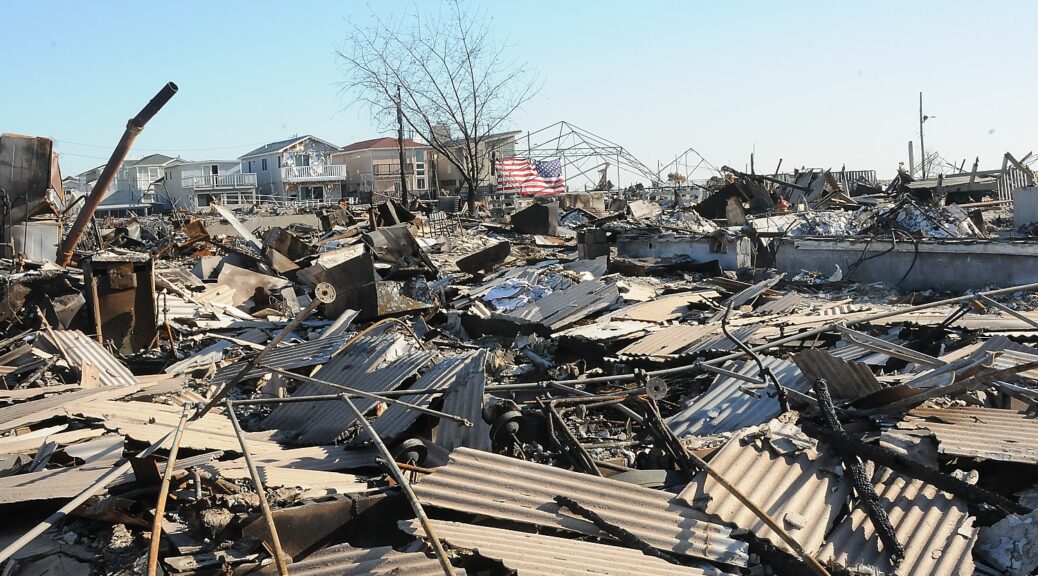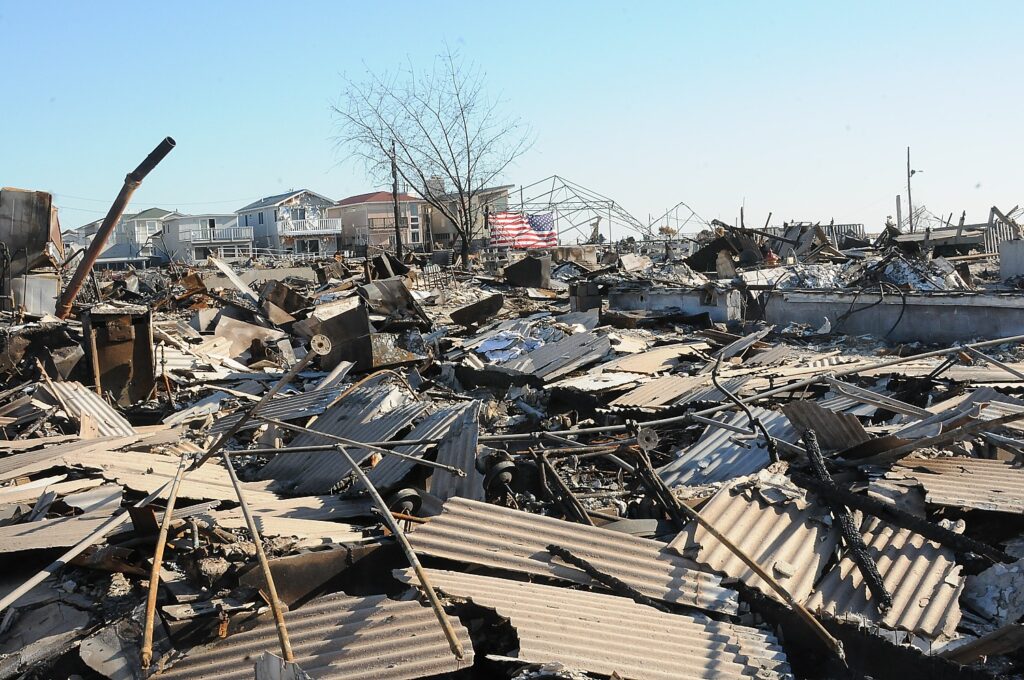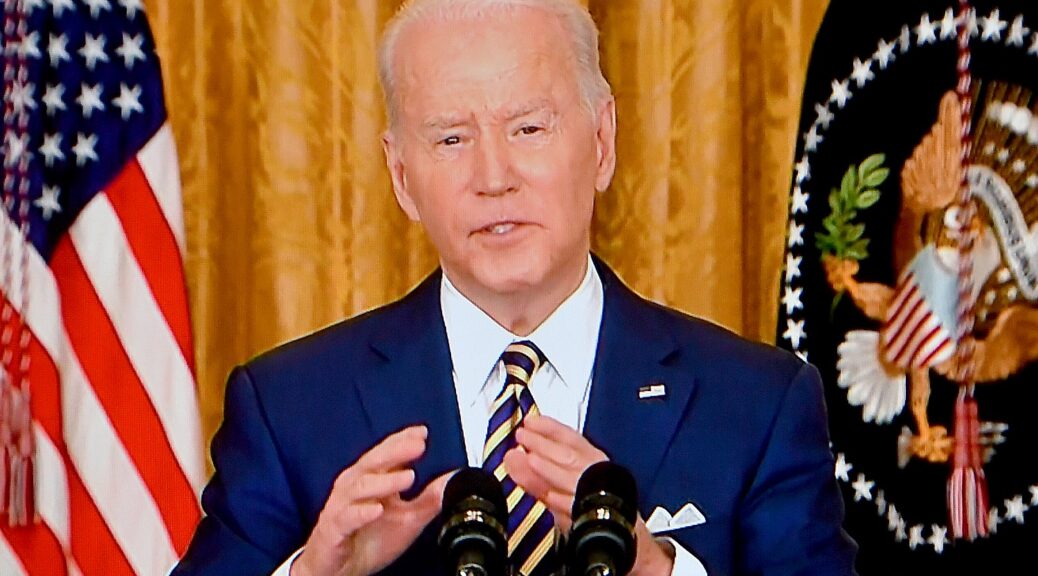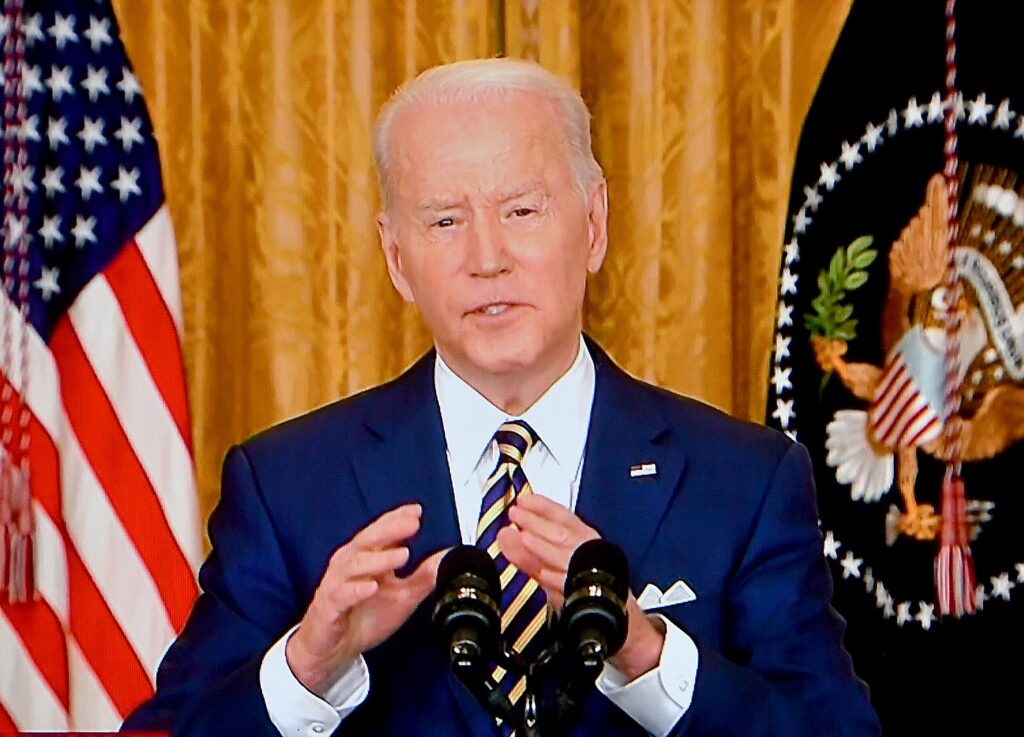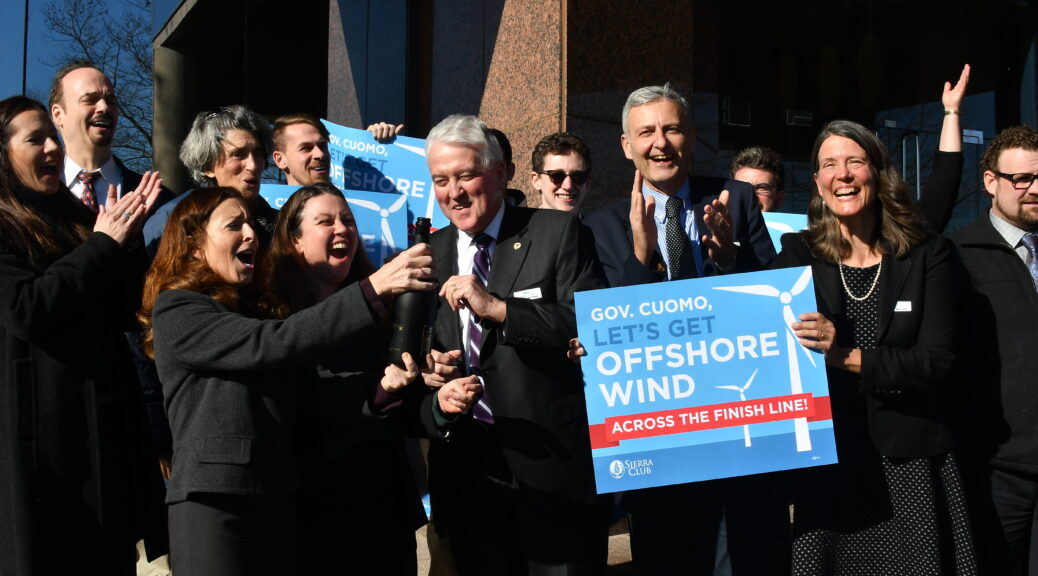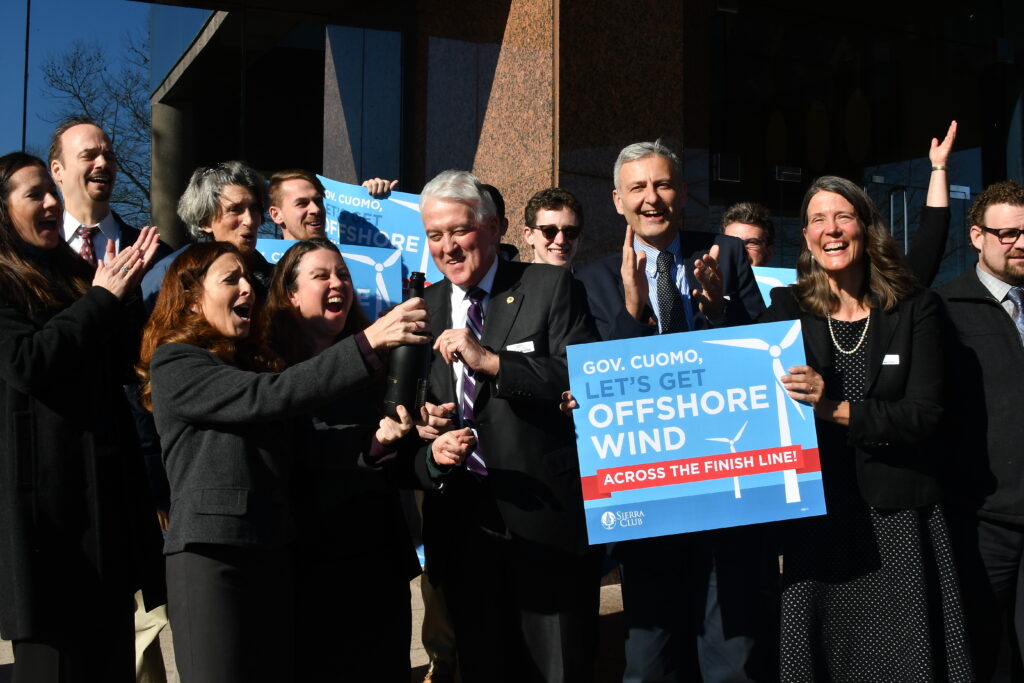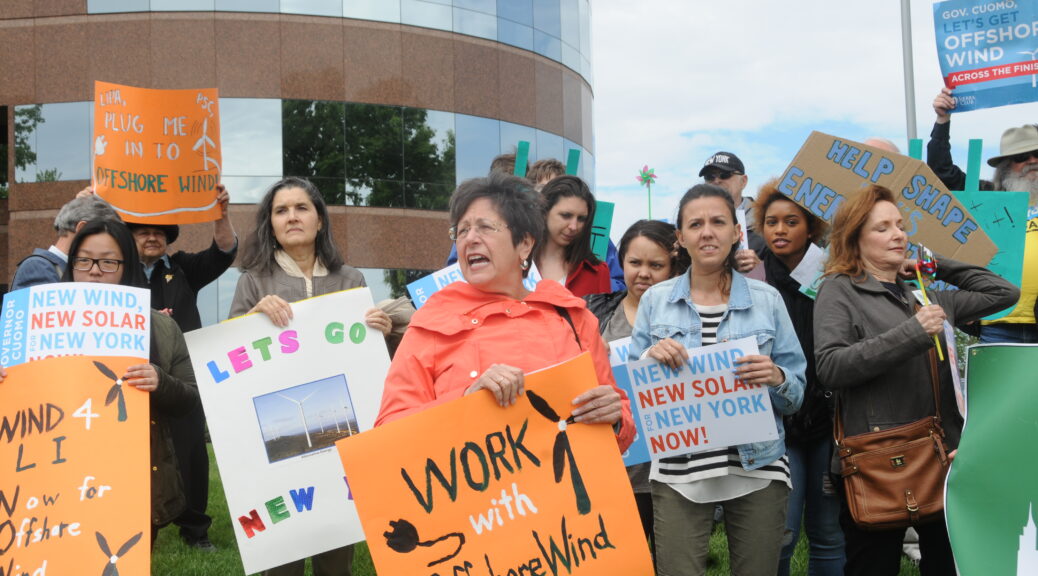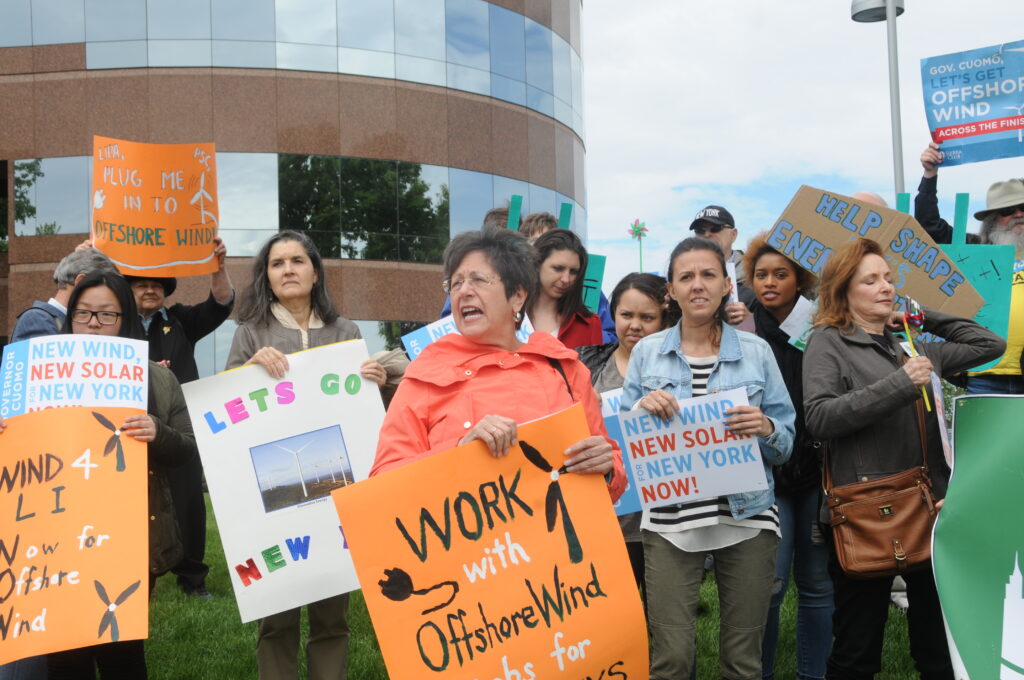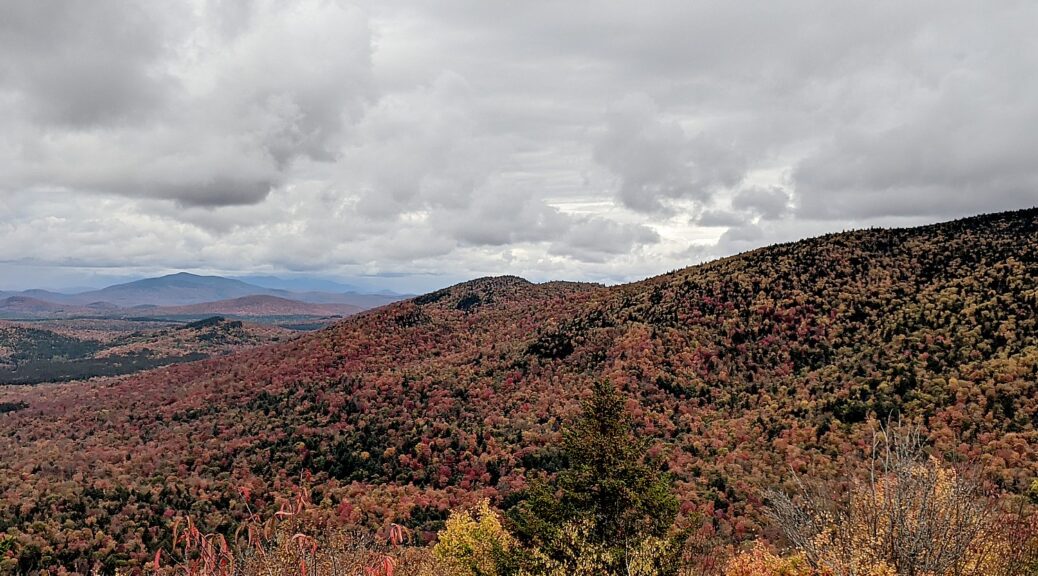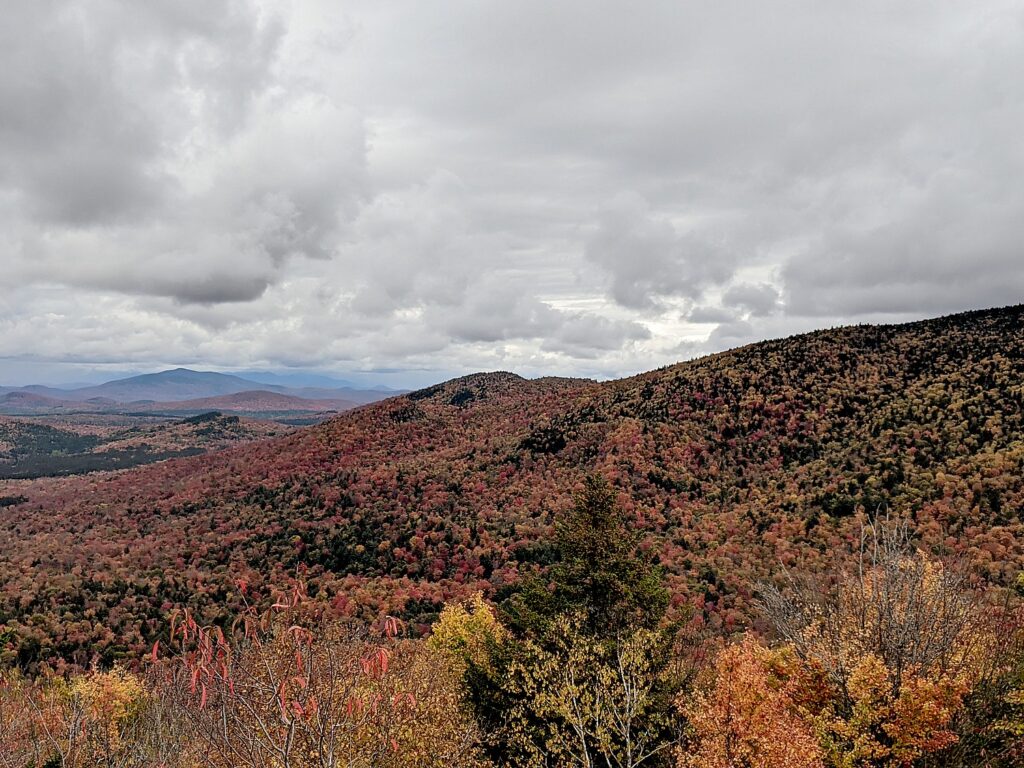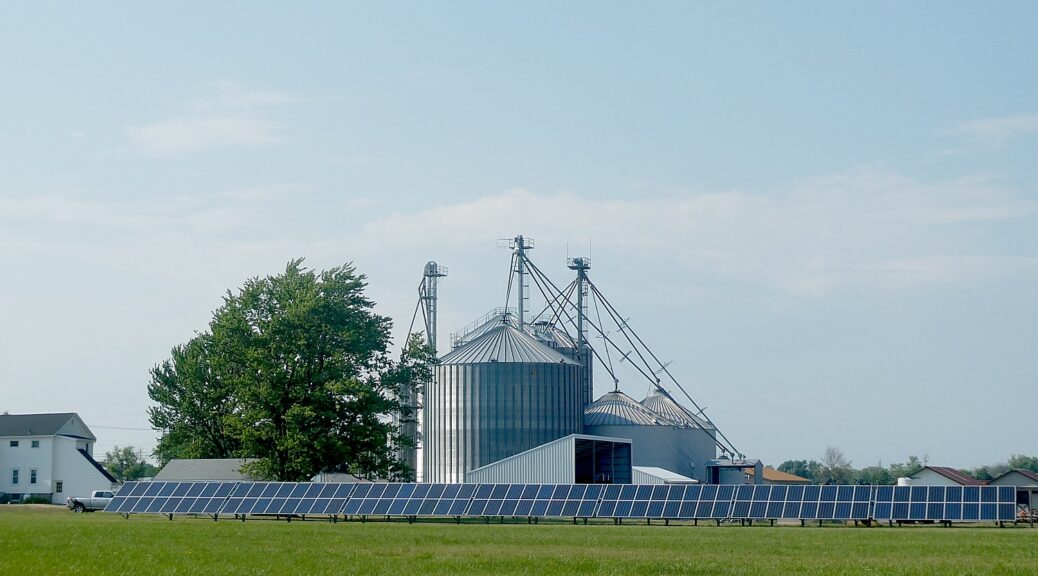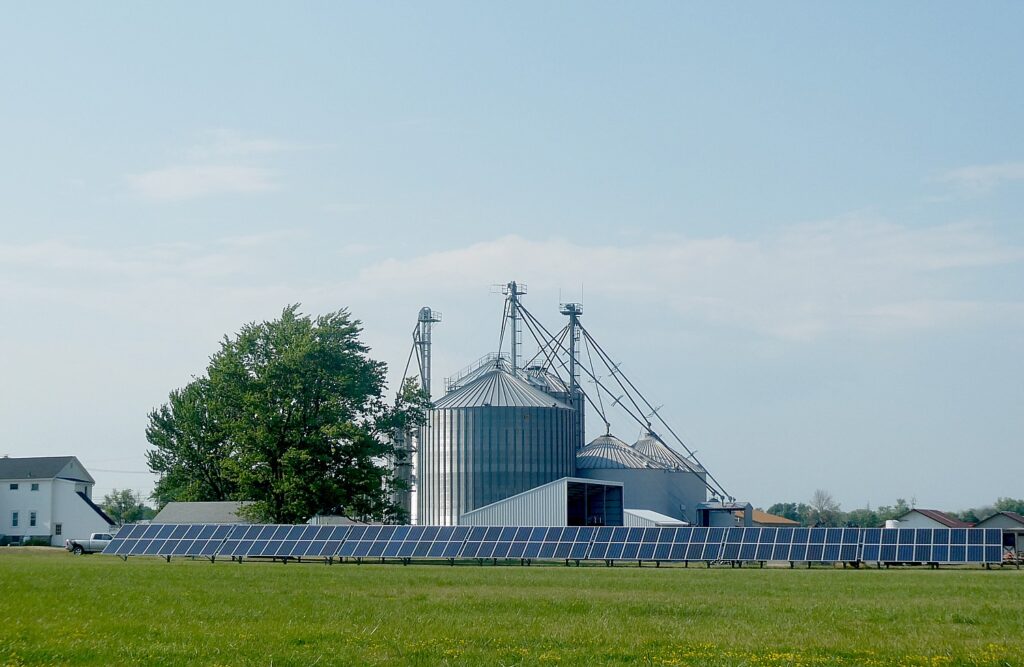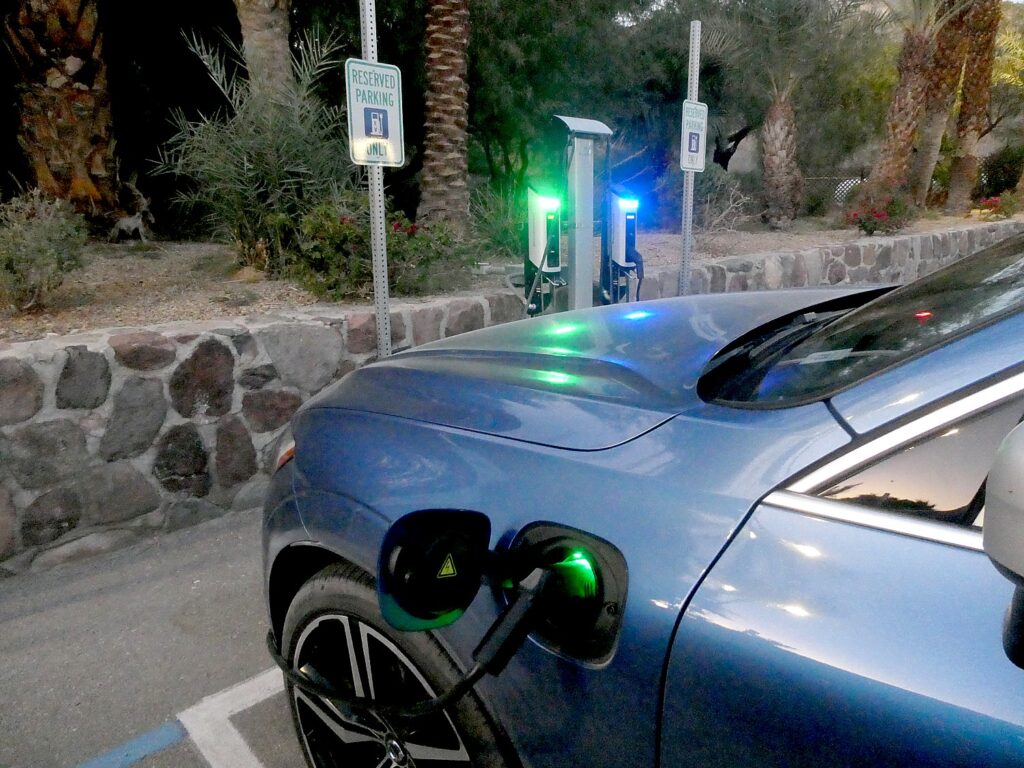
President Biden’s Investing in America Agenda Has Accelerated American Zero Emission Vehicles Production and Positioned the U.S. to Lead the Clean Vehicles Future
The Biden-Harris Administration announced new proposed vehicle pollution standards to make all vehicles, including gas-powered cars and heavy-duty trucks, cleaner and more efficient. The proposed standards would protect public health by cutting nearly 10 billion tons of CO2 emissions – twice the annual U.S. emissions today. They would also save consumers on average $12,000 over the lifetime of a vehicle. And they would strengthen American energy security by reducing reliance on 20 billion barrels of imported oil.
Cars and truck manufacturers have made clear that the future of transportation is electric. The market is moving. Since President Biden took office, the private sector – including the American auto industry – has invested more than $120 billion in the American-made electric vehicle and battery supply chain. The United States can seize this moment to secure American leadership in the global race to a clean transportation future, or let competitors like China out-compete us for the jobs and investments building that future.
As a car enthusiast and self-proclaimed car guy, President Biden is seizing the moment. His Investing in America agenda is expanding domestic manufacturing and accelerating adoption of zero-emission vehicles (ZEV), including battery electric, plug-in hybrid electric, and fuel cell electric vehicles. This is bringing good-paying jobs back home and putting the United States on a bold path to out-compete China in securing the jobs and investments of the future.
The pollution standards proposed today by the Biden-Harris Administration will:
Spur Adoption of Pollution-Reducing Technology for Nearly All Road Vehicles
The Environmental Protection Agency is proposing two new rules to improve public health and combat climate change that will also lower costs for families and create good-paying jobs. The first rule would target emissions of greenhouse gases and smog- and soot-forming pollutants from passenger cars, vans, and light trucks. The second rule would update vehicle emissions standards for greenhouse gas emissions from buses, freight trucks, and other heavy-duty vehicles. This rule builds on the final standards that EPA released in December 2022 for criteria pollutant emissions from heavy-duty vehicles.
The proposed updates would:
- Protect Public Health. Through 2055, EPA projects that the proposed standards would avoid nearly 10 billion tons of CO2 emissions — equivalent to more than twice the annual U.S. CO2 emissions in 2022.
- Lower Consumer Costs. By leveraging accelerated adoption of technologies that reduce fuel and maintenance costs alongside pollution, the proposed standards would save the average consumer $12,000 over the lifetime of the vehicle. The proposals would also result in approximately $12 billion in reduced reliance on oil imports. Rapid innovation in the automotive sector has driven down the cost of emissions-reducing technology and put us closer to a clean transportation sector.
- Accelerate the Clean Vehicle Transition in Technology-Neutral Way. The EPA’s approach is technology-neutral, meaning that better-designed gas vehicles, hybrids, fuel cell vehicles, and other innovations could all be used to meet stricter standards. But with EV technology getting better and cheaper every day, and consumer demand rising rapidly, many manufacturers would likely rely on fully electric vehicles for compliance. EPA estimates that by 2032, if finalized, the proposed rules could result in electrification of 67% of new sedans, crossovers, SUVs, and light trucks; 50% of new vocational vehicles (such as buses and garbage trucks); 35% of new short-haul freight tractors; and 25% of new long-haul freight tractors.
Reinforce President Biden’s Investing in America Agenda to Continue Building a Clean Transportation Future Made in America
These standards build on the generational investments secured by the Biden-Harris Administration that will ensure our nation’s transportation systems are clean, affordable, equitable, and Made in America. In the first year of his Administration, President Biden set a goal that at least 50 percent of all new passenger cars and light trucks sold in 2030 be zero-emission vehicles. A year later, President Biden joined countries around the world in targeting that 100 percent of all new medium- and heavy-duty vehicles sold in 2040 be zero-emission vehicles, with an interim 30 percent sales target for these vehicles in 2030.
The United States is making strong progress towards these goals. Under President Biden’s watch, the number of available electric models have doubled while the number of electric car sales have tripled. There are over 130,000 public chargers now available across the country – with all 50 states now implementing a historic federal investment to build a new national charging network. The iconic yellow school bus is going green and the U.S. Postal Service is shifting to fully electric. The private sector has committed more than $120 billion into the American-made electric vehicle and battery supply chain in the last two years alone. U.S. capacity to source the critical materials and inputs for this supply chain is also rapidly expanding. Through partnerships with unions and industry, the Administration is lifting up the workers who represent America’s competitive edge – and is ready to take on and tap into the massive economic opportunity embedded in this shift.
This extraordinary progress is propelled in large part by public and private investments made under President Biden’s leadership, including:
- Nearly $25 billion through the Bipartisan Infrastructure Law to support clean transportation, including by building a national network of EV chargers and alternative-fuel stations; ensuring domestic manufacturers have the materials they need to make EV batteries; and funding clean transit and clean school buses, with priority for underserved communities.
- $6 billion through the Inflation Reduction Act to directly support the clean-vehicle transition, including by extending loans to manufacture clean vehicles and their components in the United States; retooling domestic production lines for clean vehicles; and funding for Tribal, state, and local governments deploy clean heavy-duty vehicles, especially in nonattainment areas.
- More than $120 billion of private investments in EVs and batteries in the United States since President Biden has taken office.
President Biden has also acted to ensure a seamless clean-vehicle transition that benefits all Americans, including by:
- Securing tax credits that make new and previously owned clean vehicles more affordable to working families.
- Setting national standards to make charging EVs convenient and reliable for all Americans – no matter what car you drive or which state you charge in.
- Approving EV charging plans for all 50 states, D.C., and Puerto Rico, unlocking over $1.5 billion in initial funding to cover 75,000 miles of highways with Made-in-America EV chargers through the National Electric Vehicle Infrastructure (NEVI) program. DOT also has made available over $700 million in funding to deploy publicly accessible charging and alternative fueling infrastructure in communities across the country.
- Awarding $2.8 billion in funding to 20 companies across 12 states to supercharge U.S. manufacturing of batteries and battery materials.
- Encouraging companies, nonprofits, and others to expand community EV charging, increase consumer understanding about different types of clean transportation, and help consumers access clean-transportation benefits.
- Establishing a Joint Office of Energy and Transportation to work hand-in-hand with States, industry leaders, manufacturers, and other stakeholders.
- Releasing a Rural EV toolkit to help ensure all Americans, regardless of where they live, can benefit from the lower operating costs, reduced maintenance needs, and improved performance that EVs provide.
- Activating the purchasing power of the federal government to procure 100 percent zero-emission light-duty vehicles by 2027 and all vehicles by 2035.
- Launching pathbreaking partnerships, like the Department of Energy’s agreement with AFL-CIO to launch a national workforce development strategy for lithium-battery manufacturing, including pilot programs to train battery manufacturing workers and bolster the domestic battery supply chain.
- Through the White House Talent Pipeline Challenge, International Brotherhood of Electrical Workers (IBEW) has certified 20,000 electricians through Registered Apprenticeships like the Electric Vehicle Infrastructure Training Program (EVITP).
Providing a clear pathway for a continued rise in EV sales and protecting future generations from the impacts of climate change is a win-win for all Americans.

